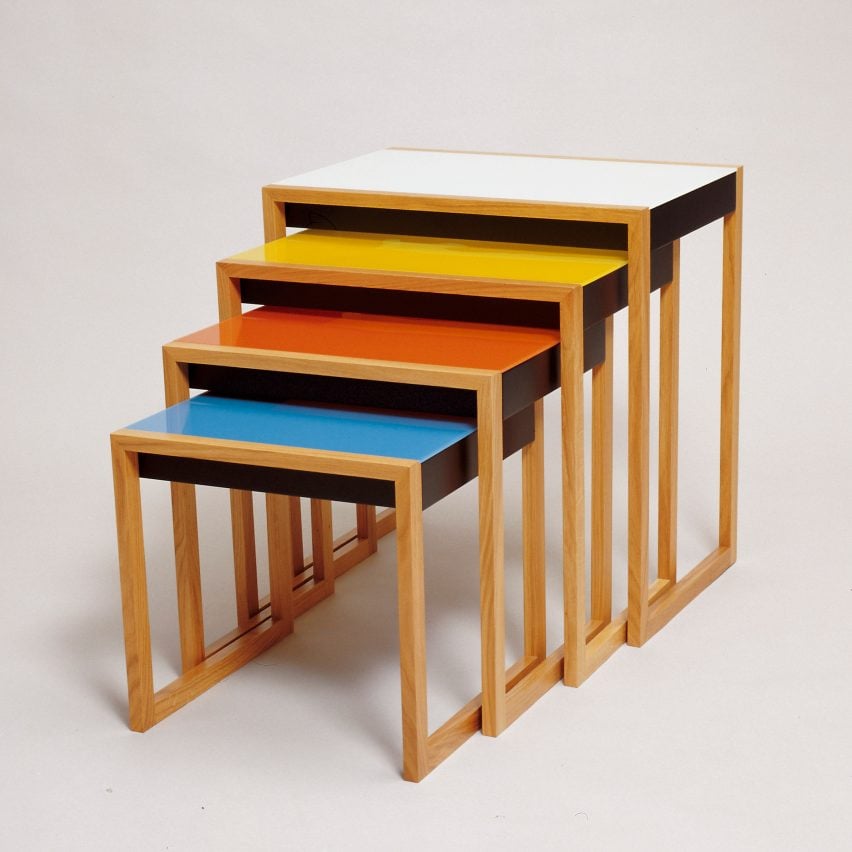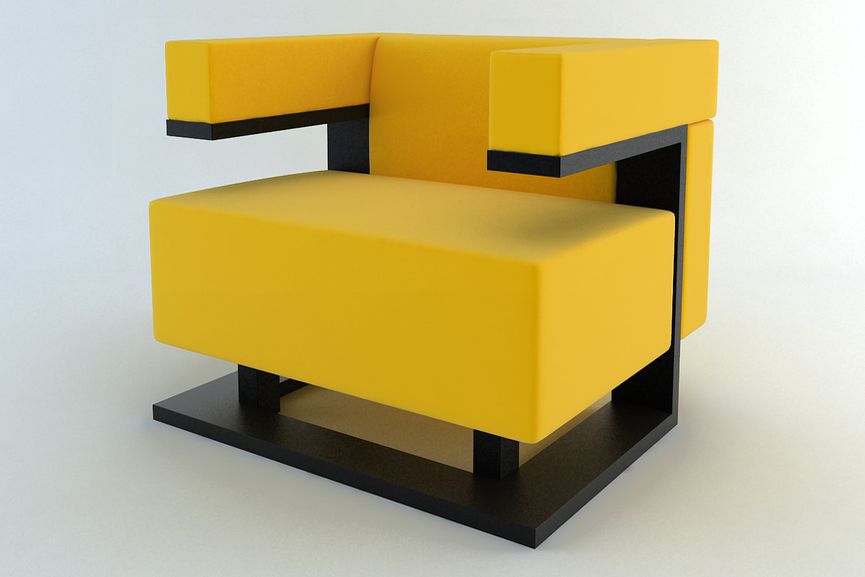
The Bauhaus (1913-1933) was a school of art and design that existed in pre-war Germany before being shut down by the Nazi party in the face of World War II. Founded by Walter Gropius, the primary objective of the Bauhaus was to redefine the relationship between function and design. In other words, as stated by metmuseum.com, the objective was to “reimagine the material world to reflect the unity of all the arts.”

The Bauhaus housed a multidisciplinary focus. Students learned painting, architecture, sculpture, and design, as well as specialized workshops like cabinet making, among others. Their coursework was intensive and diverse, allowing students to make creations that drew on a large vocabulary of historical and artistic references. Students themselves were diverse as well, bringing their own cultural influences and social-economic lenses to each discipline.
An excellent example is this chair shown below. The extremely basic design is complemented by the unique use of material, contrast, colour and essence of extremist minimalism. In contrast to the arts and crafts/art nouveau movement of the previous decades, the modern qualities of the Bauhaus designs were refreshing to say the least. This had an especially profound effect in its homeland of Germany, notorious for its heavy gothic design style during the early 20th century.

Sources:
https://www.metmuseum.org/toah/hd/bauh/hd_bauh.htm
https://i.pinimg.com/originals/9a/ff/fc/9afffc258132091576588ad0ec82d94a.jpg